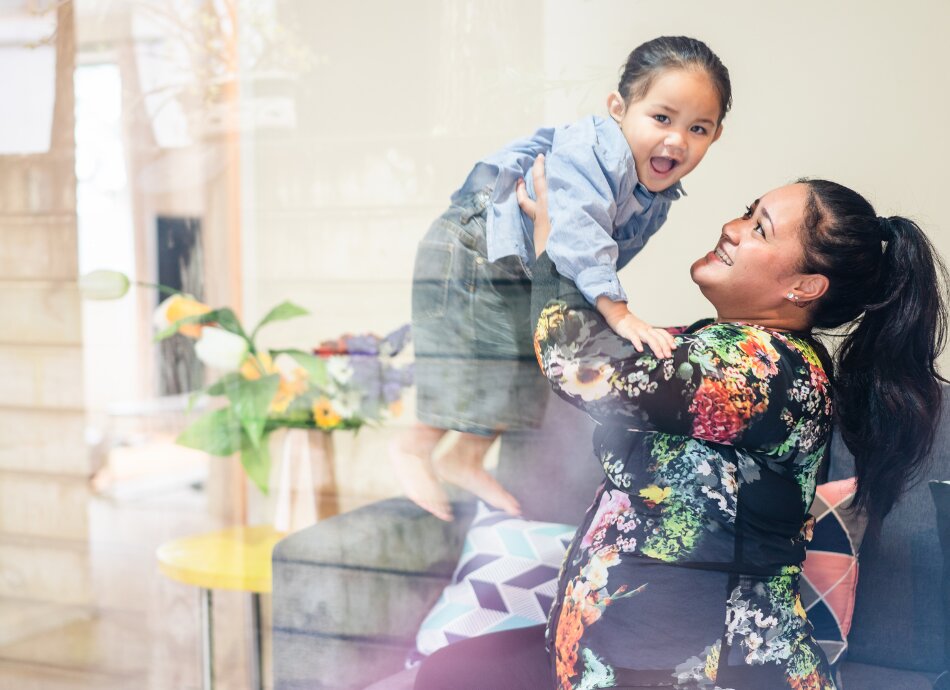Wishing everyone happy holidays and a joyful New Year from the Healthify team. Don't forget to Slip, Slop, Slap and Wrap!
Childhood rashes
Key points about childhood rashes
- It can be scary when your child develops a rash, especially if they’ve got a temperature and are feeling miserable. Sometimes it’s hard to know if you should take them to see your healthcare provider or if they just need to rest at home.
- It can be reassuring to learn that childhood rashes are common – often they’re caused by a virus and disappear after a few days without treatment.
- Here’s what to do if your child has a rash and when to call an ambulance.

Meningitis is a serious disease that needs immediate medical attention. It causes children to become very sick very quickly. A meningitis rash starts out looking like small pin pricks, later developing into red or purple bruise-like blotches.
Tip: If you press the side of a clear glass against their skin, a meningitis rash doesn’t fade.
Other meningitis symptoms can include:
- fever(external link)
- crying, unsettled, irritable behaviour
- refusing drinks or feeds
- vomiting (being sick)
- sleepy, floppy, harder to wake
- stiff neck, dislike of bright lights
- reluctance to walk.
Call 111 if you think your child has meningitis.
Hives
Hives are a type of allergic reaction that's not usually serious. Hives are raised itchy red or white patches.
However, if your child gets hives within 20 minutes of eating a new food, taking a new medicines or being stung by a bee or wasp AND gets swelling of their tongue or mouth, or has difficulty breathing, this could be serious anaphylaxis. Call 111.
If your child is under 3 months of age, isn't responding to you as they usually do or isn't eating and drinking, take them to see your GP or nurse practitioner.
Some rashes (eg, cellulitis and impetigo) are caused by a bacterial infection and need to be treated with antibiotics.
It's also best to see your GP or nurse practitioner if your child’s rash hasn’t disappeared within a few days, or if you think it’s getting worse. If your medical centre is closed, you can phone the government’s free 24/7 health advice line, Healthline, on 0800 611 116 for advice from a registered nurse.
Highly infectious diseases, eg, measles and chickenpox, also cause a rash. If you think your child has either of these it’s best to contact your medical centre.
Rashes caused by chronic conditions (eg, eczema, psoriasis or allergies) need ongoing support and treatment, which is also best managed by your healthcare provider.
If your child is eating and drinking, and generally seems okay, often the best treatment is to be at home. Make sure they drink lots of fluids and get plenty of rest.
You can give them paracetamol if they’re feeling unwell. Ask your pharmacist how much you can give and how often.
Rashes caused by viruses (eg, cold sores, hand, foot and mouth, roseola and slapped cheek) often get better on their own. However, complications such as mouth ulcers or severe itching might need a trip to your GP or nurse practitioner.
Most nappy rash can be improved with a few simple measures but see a healthcare provider if:
- the rash doesn't improve after a few days
- it spreads beyond the nappy area
- there are signs of infection.
Remember, trust your instincts. Seek medical help if you think your child is unwell or you need advice and reassurance.
Skin problems in children(external link) Workbase Education Trust and Ministry of Health, NZ, 2013
Rashes in babies and children(external link) NHS, UK (this page has good images of different types of rash)
Meningococcal disease know the symptoms(external link) Te Whatu Ora, NZ, 2023 English(external link), te reo Māori(external link), Samoan(external link), Tuvaluan(external link), Tokelauan(external link), Niuean(external link), Fijian(external link), Kiribati(external link)
Apps
Credits: Healthify editorial team. Healthify is brought to you by Health Navigator Charitable Trust.
Reviewed by: Dr Emma Dunning, Clinical Advisor and Editor
Last reviewed:





